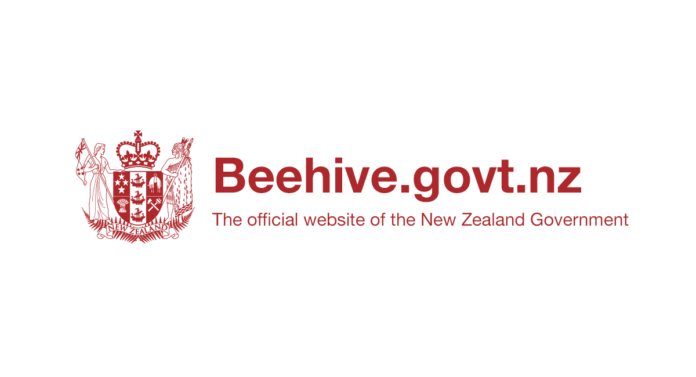Source: New Zealand Government
Retired and overseas-trained health professionals and the wider health workforce can now join New Zealand’s expanding vaccinator workforce, COVID-19 Response Minister Chris Hipkins said today.
The Government has changed Medicines Regulations to allow more health workers to be trained to give vaccinations – to lend a hand as we move to the next phase the biggest vaccination campaign in New Zealand’s history.
“We’re calling on retired nurses, people who have trained overseas but are not registered here, and those in the kaiāwhina workforce – who work in our health system already in roles such as healthcare assistants – to join our vaccinator team,” Chris Hipkins said.
“More than 12,500 people with a wide range of backgrounds, including many ex health professionals, have already logged their details in the Hands-Up database, which is designed to capture a broad range of skills and backgrounds for different roles.
“We anticipate many of the former health professionals who have entered their details into Hands-Up will be keen to become involved in the vaccination programme.
“DHBs have been following up with potential candidates to bring people on board as we scale up the vaccination programme.
“Others urged to join in can enrol through the database www.health.govt.nz/HandsUp Registrations can be completed in English, Te Reo Māori, Samoan and Tongan.
“The change will also allow us to boost the numbers of Māori and Pacific vaccinators. It also provides these new vaccinators with enhanced career opportunities in the health sector.
“The Immunisation Advisory Centre has trained more than 8,100 COVID-19 vaccinators from across the health sector since the beginning of the year,” Chris Hipkins said.
“This influx of health workers will boost both these numbers and the diversity of the workforce.
“All new recruits will receive training through the Immunisation Advisory Centre and will work under the supervision and direction of registered health practitioners.
“They will also be trained in basic emergency techniques, including resuscitation and treatment of anaphylaxis. This is required for anyone administering medicines across the health workforce.
“Current projections are that we will need 1,600 full-time equivalent vaccinators at the peak of the COVID-19 vaccine roll-out. This means we will likely need between 6,000 to 6,500 people vaccinating in part or full time roles,” Chris Hipkins said.
Gisborne iwi health provider first to complete vaccinator training
“I’d like to congratulate 12 kaiāwhina from Tūranga Health, an Iwi health provider in Gisborne, who have become the first to complete the face-to-face training to become COVID-19 vaccinators from this new workforce.
“This group of vaccinators are from a broad range of roles and backgrounds and are excited to learn new skills to support the COVID-19 vaccination rollout in protecting whānau in Tūranga-nui-a-Kiwa and surrounding areas. They are a welcome addition to Tūranga Health’s 14 vaccinators.”
Profiles of two new vaccinators:
Henry Lamont, who has worked as a whānau ora kaiāwhina at Tūranga Health for the past two and a half years, said it was a “no-brainer” to take up the opportunity to train as a COVID-19 vaccinator.
“It means I can help to help protect whānau in my community. And me being a male Māori, it gives that option for whānau to choose when they get vaccinated.”
As coach for the local junior rep team in touch rugby and well-known in sporting circles, he hoped to leverage off his community links to encourage people to get vaccinated.
Dallas Poi, an experienced kaiāwhina and community manager for Tūranga Health, said she was excited to get the opportunity to contribute to the COVID-19 vaccine rollout in her community.
“My whakapapa is to Rongowhakaata and Ngāti Porou so I’ll be a familiar face as a vaccinator for whānau. The training raises the competency level of kaiāwhina and extends our scope of practice, which is also important in our role to promote health.
“We’re looking forward to giving actual injections to whānau and we’re really stoked to be the first to complete the face-to-face part of the training.”



